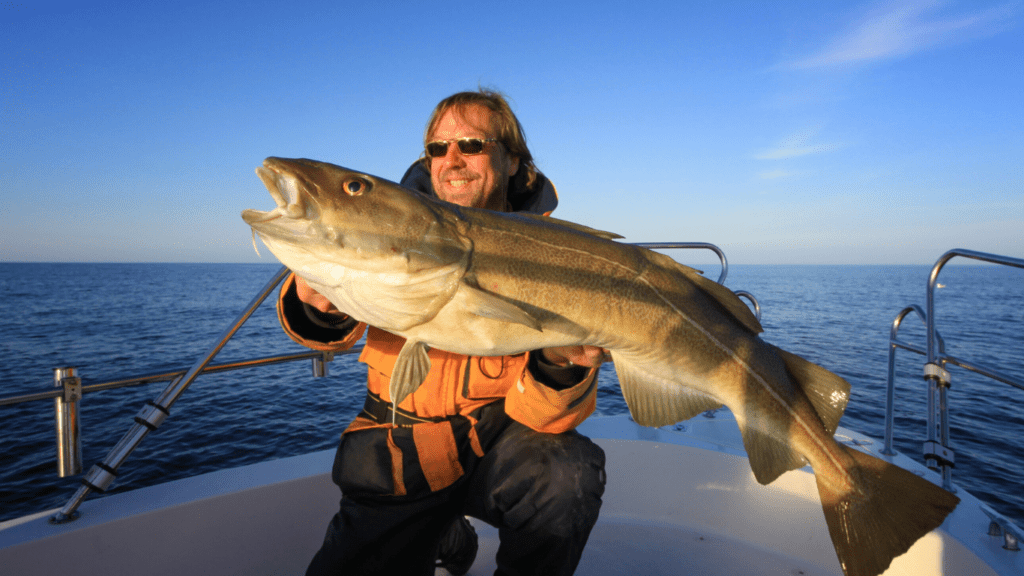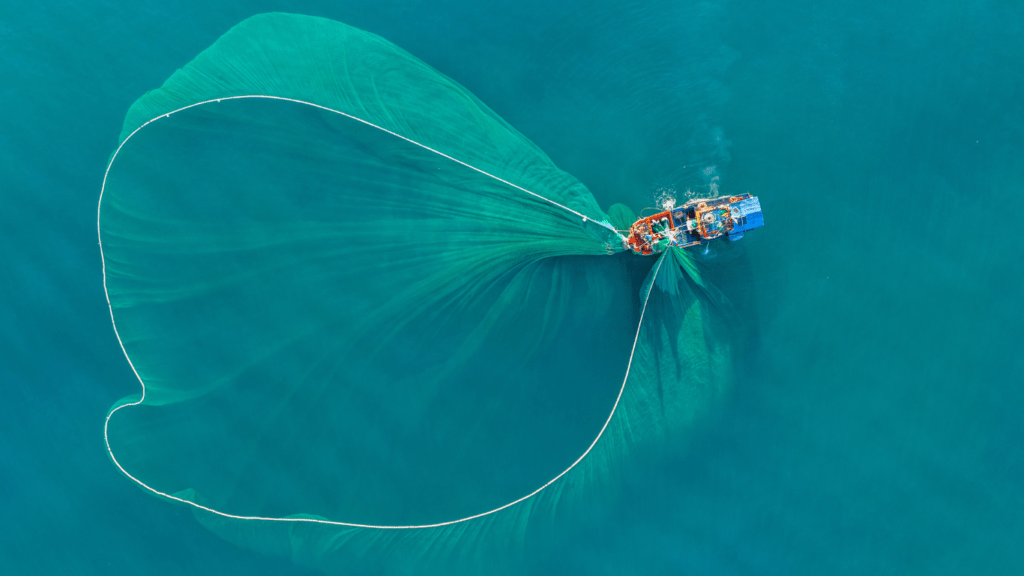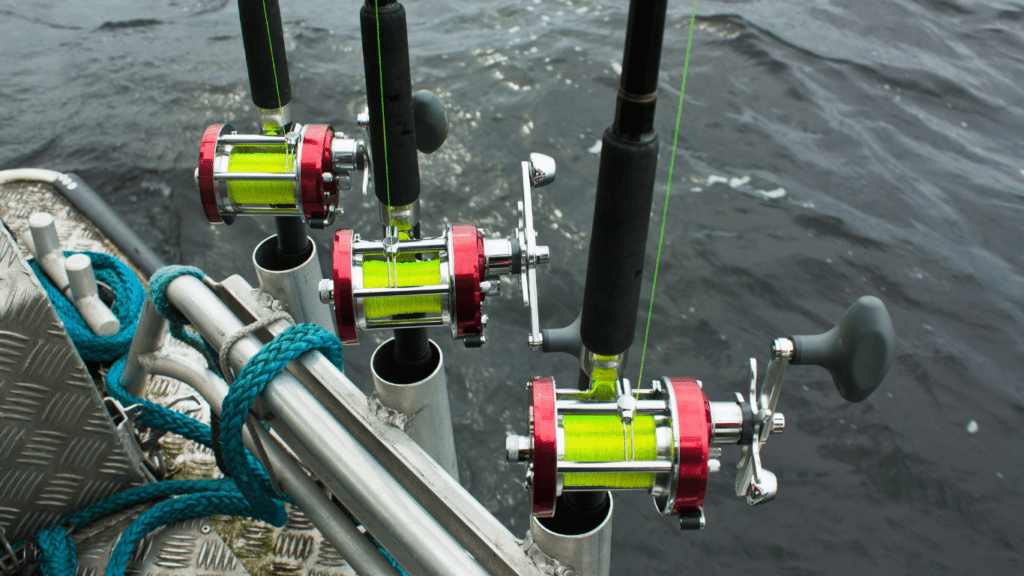Notable Recent Reports
Exciting reports of rare fish sightings and record-breaking catches have recently surfaced, captivating anglers and marine enthusiasts. These incredible encounters highlight both the mystery and the thrill of fishing.
Rare Fish Species Spotted
In July 2023, an angler recorded a sighting of a Goliath grouper estimated at over 600 pounds in the waters near Florida. This species, once overfished, has seen a resurgence thanks to conservation efforts. Reports from June 2023 also noted the capture of a golden largemouth bass in Tennessee, a genetic rarity observed only a handful of times. Another notable sighting included a Coelacanth in South Africa, an ancient species thought to have been extinct for millions of years until rediscovered in 1938.
Record-Breaking Giant Catches
In August 2023, a fisherman in Norway reeled in an Atlantic halibut weighing 661 pounds, marking it as one of the heaviest of the species ever documented. Earlier in April, a Japanese angler landed a 110-pound bluefin tuna off the coast of Okinawa, breaking regional records. Similarly, a swordfish weighing 768 pounds was caught off Australia’s eastern shores in September 2023, astonishing researchers and sports fishers alike. Each of these catches underscores the extreme dedication and expertise required for such accomplishments.
Factors Behind These Sightings
Recent sightings of rare and giant fish arise from a mix of environmental shifts and technological progress, shaping the dynamics of fishing. These factors not only create opportunities but also demand greater understanding and adaptation from anglers.
Changing Environments
Global changes in ecosystems have contributed to rare fish sightings. Ocean temperatures have risen by an average of 0.13°F per decade since 1880 (NOAA), altering fish migration patterns and habitat ranges. For instance, warmer waters push species like tuna and marlin further toward northern regions, making them more accessible in areas they historically avoided. Dams and habitat restoration projects also influence freshwater species, with improved spawning grounds enabling larger populations.
Human activity, including pollution and overfishing, affects fish behavior and availability. Stricter conservation laws, such as catch and release policies and marine protected areas, have helped rare species recover. The resurgence of Goliath groupers in Florida waters highlights the success of these measures.
Advances In Fishing Technology
- Modern fishing tools have made tracking and catching trophy fish more efficient.
- Sonar systems and GPS devices let anglers locate fish schools and navigate remote waters with precision. For example, forward-looking sonar technology enables real-time imaging of underwater environments, enhancing targeting accuracy.
- Fishing gear has evolved for durability and strength. For instance, braided fishing lines, capable of withstanding hundreds of pounds of tension, allow anglers to handle larger species.
- Artificial lure designs mimic prey movements more effectively, increasing catch rates.
- Innovations like drones even assist by scouting nearby waters for activity before casting lines, saving effort and time.
Impact On Fishing Communities

Trophy fish sightings bring significant changes to local fishing communities. These rare catches spark both economic opportunities and environmental discussions.
Economic Benefits
Trophy fish sightings attract tourism, generating revenue for local businesses. Charter fishing companies report increased bookings, as anglers travel to witness or catch rare species. For example, Florida’s surge in Goliath grouper sightings boosted charter trips and local tackle shop sales.
Fishing tournaments further amplify economic activity. Communities hosting events focused on:
- giant catches see higher visitor traffic
- benefiting hotels
- restaurants
- transport services
The annual Bisbee’s Black & Blue in Cabo San Lucas offers millions in prizes, drawing crowds globally.
Media coverage of rare catches increases a region’s visibility. Articles, videos, and social media posts about unique fish sightings encourage more anglers to visit, sustaining long-term economic growth.
Conservation Concerns
Frequent trophy fish catches raise concerns about ecosystem balance. Overfishing, even for sport, can strain fish populations if not managed responsibly. For instance, campaigns to protect species like the golden largemouth bass focus on catch-and-release policies.
Conservation enforcement remains critical. Stricter laws and protected areas help ensure fishing practices don’t harm vulnerable species. The resurgence of Goliath groupers in Florida followed decades of strict conservation measures and catch bans.
Educational programs address community roles in protecting these species. These initiatives focus on sustainable practices, teaching anglers the importance of releasing rare catches to maintain biodiversity.
Tips For Documenting Trophy Fish Sightings
Capturing accurate records of trophy fish sightings adds value to the angling community and supports conservation efforts. Proper documentation provides verifiable evidence and helps maintain the integrity of these remarkable achievements.
Photography And Measurements
Taking high-quality photographs and recording precise measurements ensures the record’s authenticity. I always position the fish horizontally and use natural lighting to capture its colors and scale patterns. Including identifiable objects like a ruler, tape measure, or my fishing gear in the image establishes context and scale.
For measurements, I use a reliable measuring device to record the fish’s length and girth. When possible, I also weigh the fish using a certified or digital scale, ensuring accuracy by calibrating the device beforehand. I handle the fish gently throughout the process to avoid injury, particularly for species I intend to release.
Reporting To Authorities And Organizations
Accurate reporting to local or global fishing authorities validates sightings and supports research. I contact relevant organizations, such as local fish and wildlife agencies, the International Game Fish Association (IGFA), or conservation groups. Providing details like location, date, fish species, measurements, and photos ensures a complete report.
Some organizations encourage anglers to log sightings through official apps or forms. For instance, I use the IGFA Record Submission system to document extraordinary catches for potential world records. Additionally, sharing verified sightings with conservation groups contributes to ongoing studies on species behavior and population trends.





